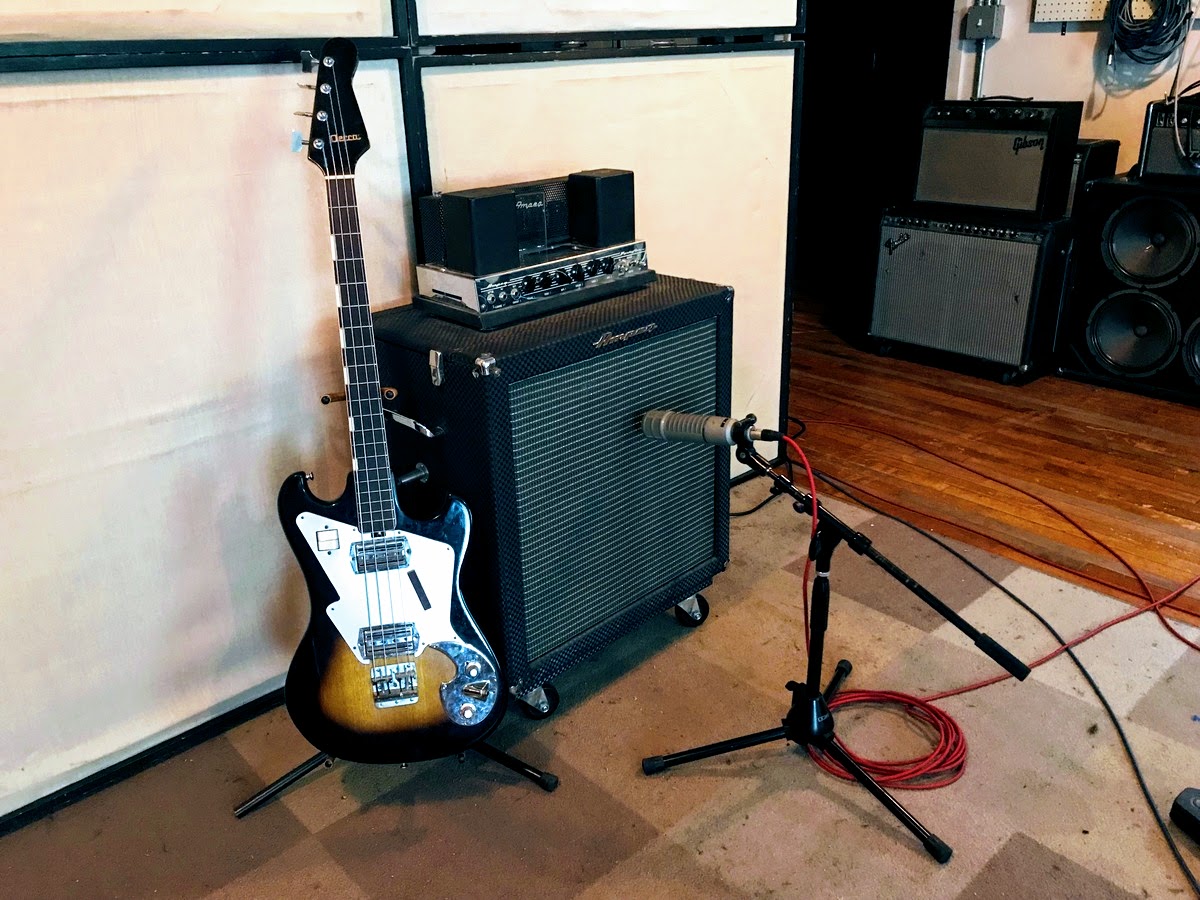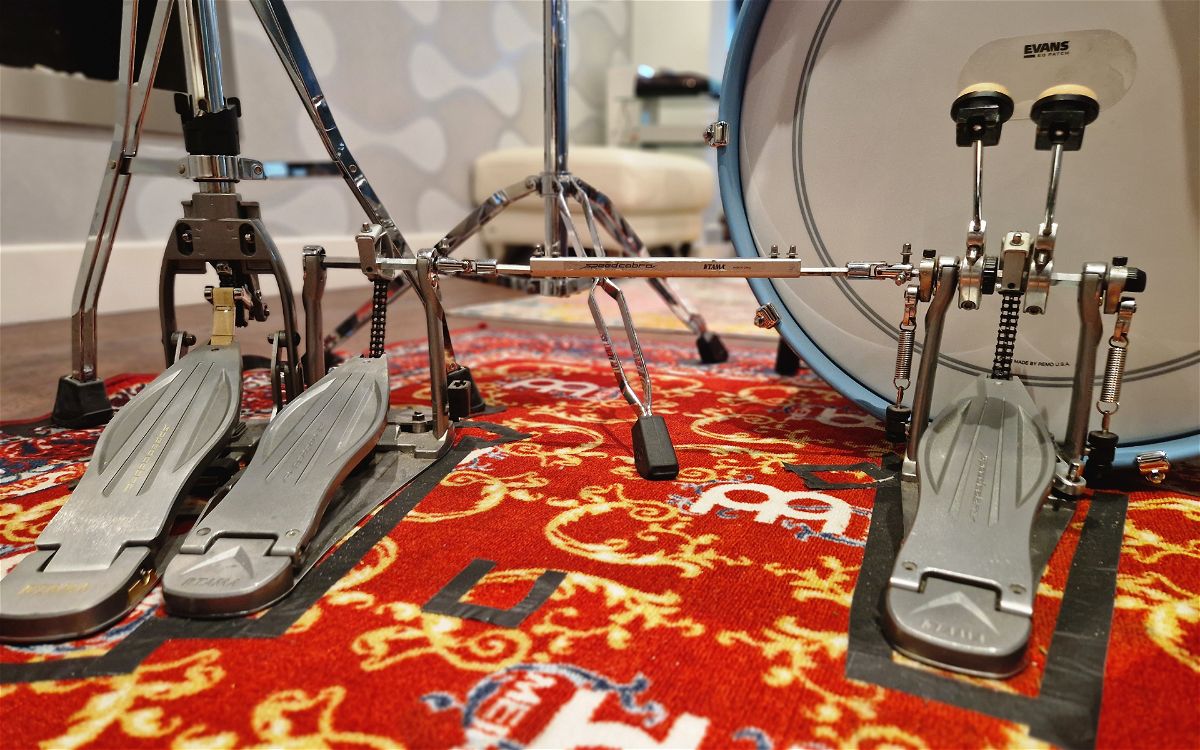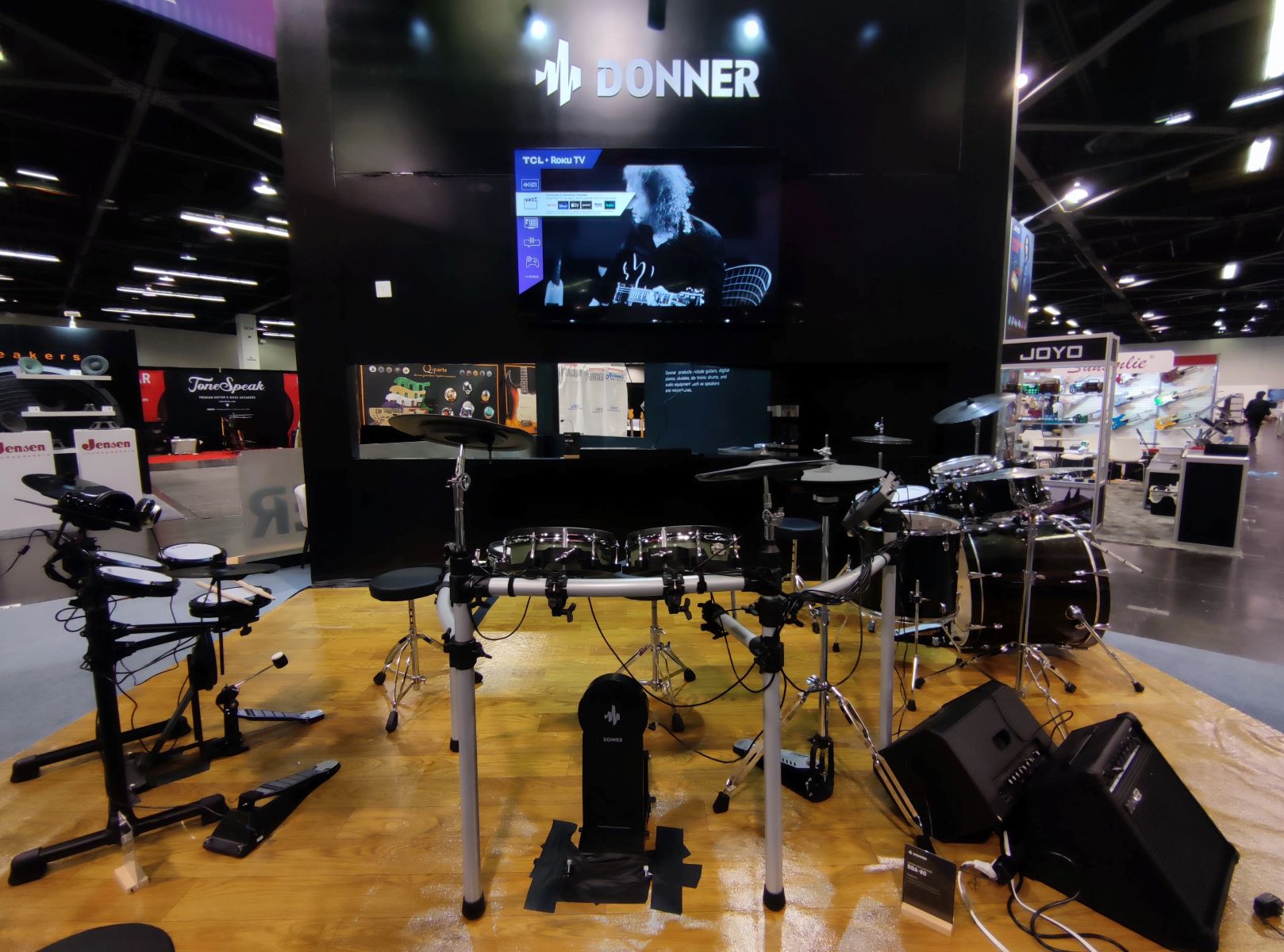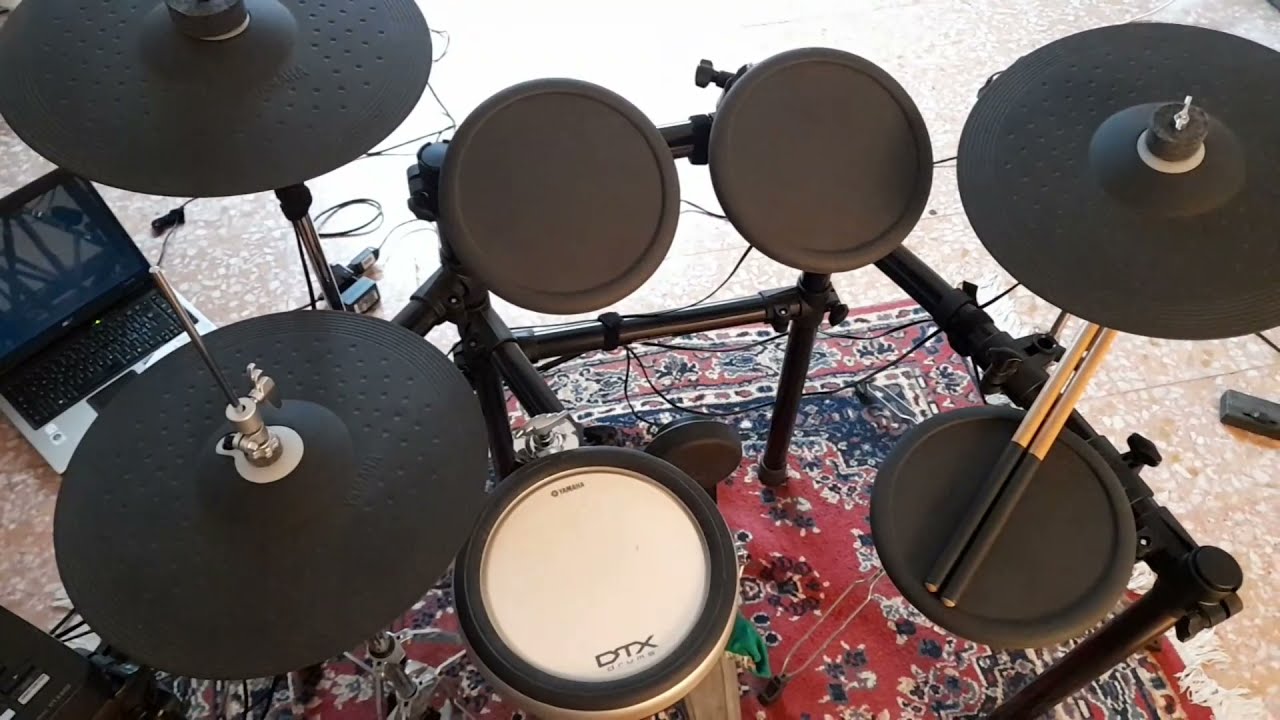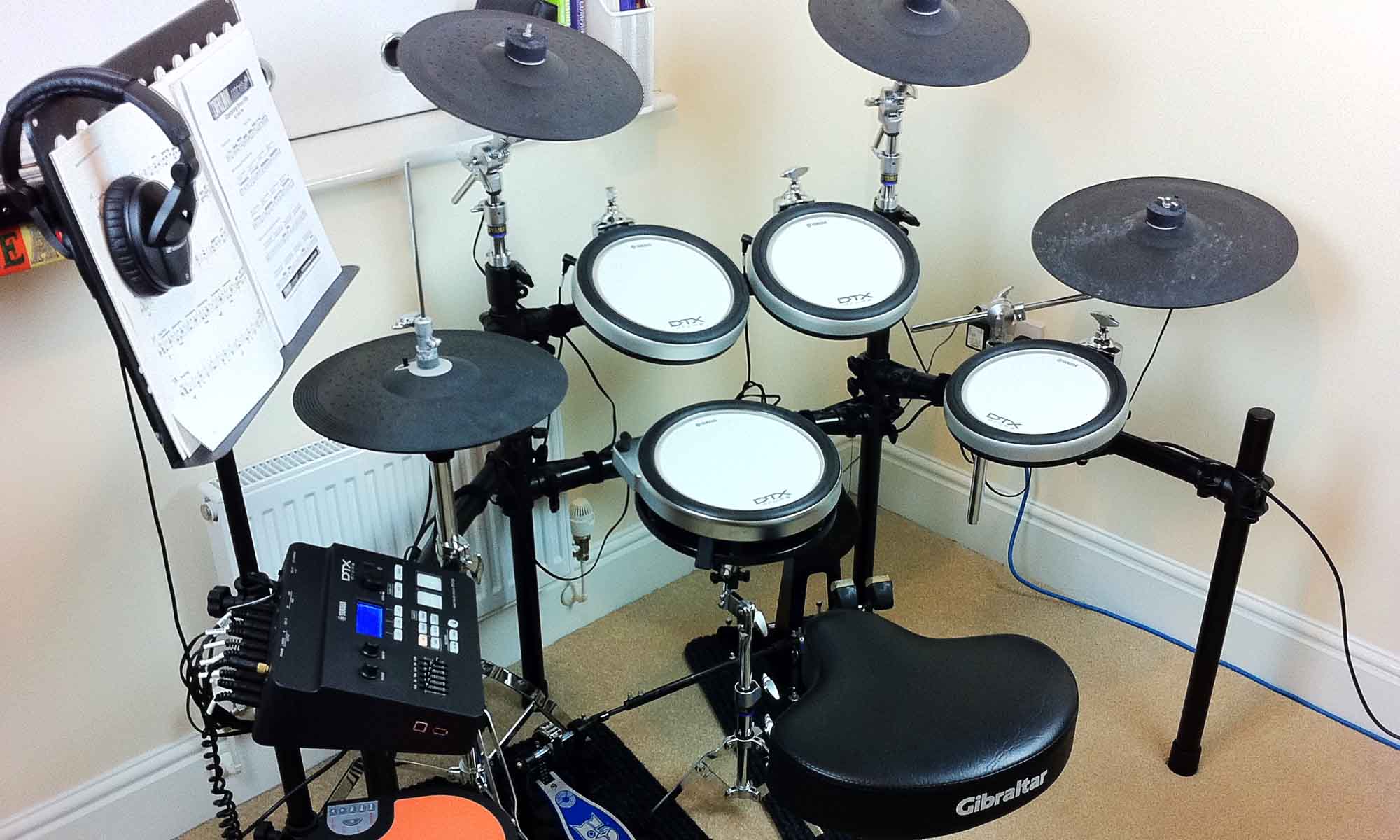Home>Instruments>Drums>How Are The Bass And Drums Connected In Jazz
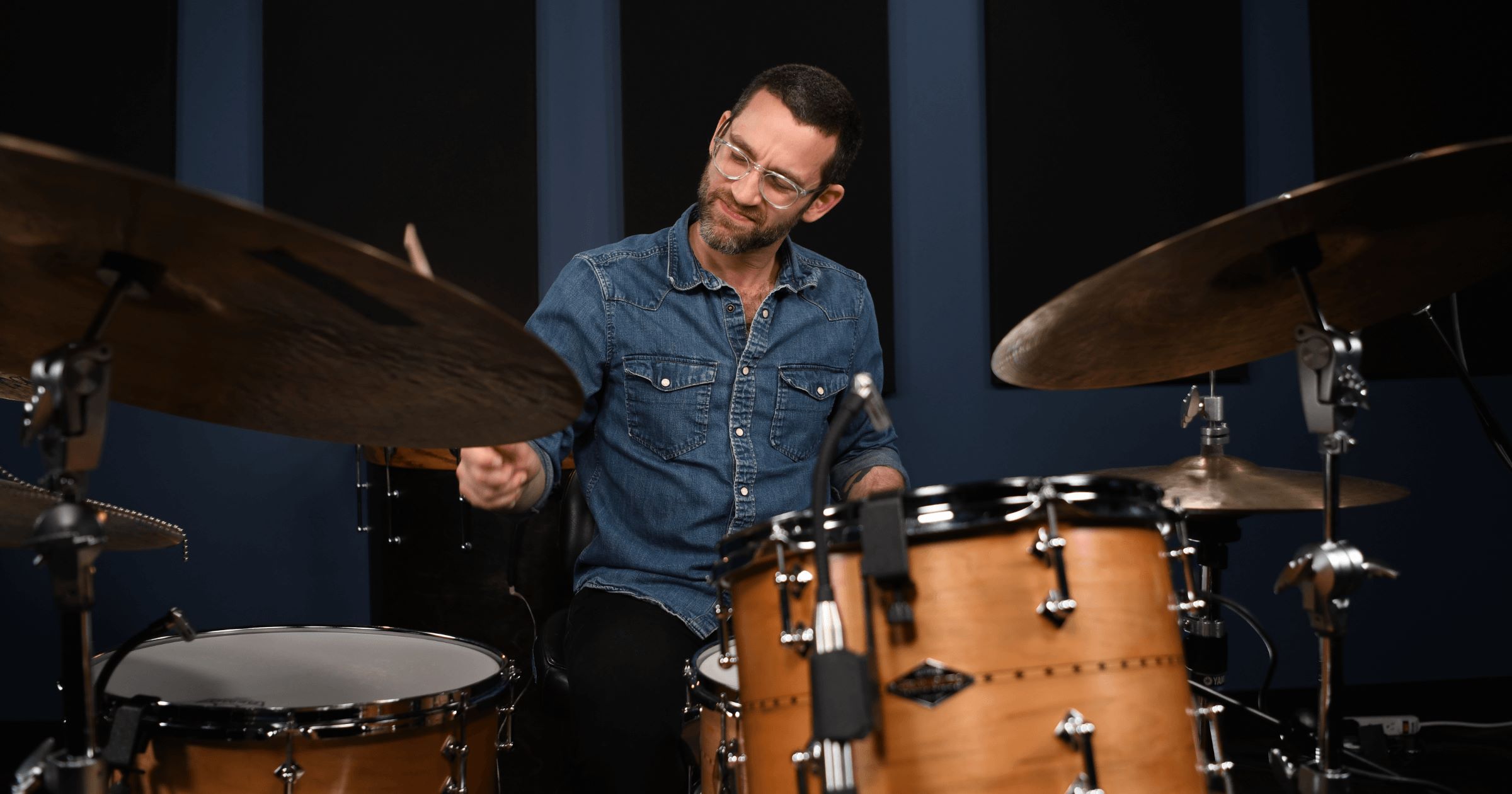

Drums
How Are The Bass And Drums Connected In Jazz
Published: February 7, 2024
Discover the intricate connection between bass and drums in jazz music. Explore how drums drive the rhythm and complement the bass, creating a dynamic and cohesive foundation. Gain insight into the essential role of drums in shaping the jazz sound.
(Many of the links in this article redirect to a specific reviewed product. Your purchase of these products through affiliate links helps to generate commission for AudioLover.com, at no extra cost. Learn more)
Table of Contents
Introduction
Jazz music is often celebrated for its complex and dynamic rhythms, which are driven by the interplay between various instruments. Among these, the bass and drums form a crucial partnership, providing the rhythmic foundation upon which the rest of the ensemble can freely express themselves. The connection between the bass and drums in jazz is a fundamental aspect of the genre, influencing the overall feel and groove of a performance.
In jazz, the bass and drums work together to create a cohesive and pulsating rhythm that underpins the entire musical arrangement. This partnership is rooted in a deep understanding of each instrument's role and an intuitive communication between the musicians. The bass and drums not only support the harmonic and melodic elements of the music but also contribute to its rhythmic complexity, adding depth and texture to the overall sound.
Understanding the connection between the bass and drums in jazz requires an exploration of the individual roles of these instruments, as well as an examination of the techniques used to establish a strong and symbiotic relationship between them. By delving into the distinct contributions of the bass and drums and uncovering the methods through which they are interconnected, we can gain a deeper appreciation for the intricate and captivating nature of jazz music.
The Role of the Bass in Jazz
The bass serves as the cornerstone of the harmonic and rhythmic framework in jazz music. Its primary function is to provide a solid foundation upon which the rest of the ensemble can build their improvisations and melodic expressions. In a jazz ensemble, the bass player is responsible for outlining the chord progressions, establishing the harmonic structure, and maintaining a steady pulse that guides the rhythm section.
One of the defining characteristics of the bass in jazz is its ability to create walking bass lines. These lines are fluid, melodic sequences of notes that move in a steady rhythm, outlining the underlying chord progression of a piece. Walking bass lines not only support the harmony of the music but also contribute to the forward momentum and groove of the performance. Additionally, the bass player may also employ techniques such as syncopation, double stops, and chordal accompaniment to add depth and complexity to the music.
Beyond its harmonic responsibilities, the bass in jazz also plays a crucial role in shaping the overall feel and dynamics of a performance. Through subtle variations in articulation, dynamics, and rhythmic accents, the bass player can infuse the music with a sense of propulsion and energy, driving the ensemble forward and creating a compelling backdrop for improvisation.
Furthermore, the bass often engages in musical dialogues with other members of the ensemble, including the drums. This interplay involves call-and-response patterns, rhythmic counterpoint, and collaborative improvisation, all of which contribute to the rich tapestry of sound in jazz music. The bass’s ability to establish a strong rhythmic and harmonic foundation while engaging in dynamic interactions with other instruments is pivotal to the genre’s expressive and interactive nature.
The Role of the Drums in Jazz
Drums are the heartbeat of jazz, providing the rhythmic pulse and driving force that propels the music forward. In a jazz ensemble, the drummer serves as both a timekeeper and a musical storyteller, shaping the overall feel and groove of the performance while engaging in dynamic interactions with the other musicians.
One of the key responsibilities of the drummer in jazz is to maintain a steady and propulsive beat, establishing a sense of rhythmic stability that allows the rest of the ensemble to navigate the music with confidence. This rhythmic foundation is essential for supporting the improvisational nature of jazz, providing a reliable framework within which the other musicians can freely express themselves.
Furthermore, jazz drummers are known for their ability to create intricate and dynamic rhythmic patterns, incorporating a wide range of techniques such as syncopation, polyrhythms, and subtle variations in dynamics and accents. These elements contribute to the rhythmic complexity and spontaneity of jazz music, adding layers of texture and excitement to the overall sound.
Aside from maintaining the pulse and adding rhythmic embellishments, the drummer in jazz also engages in musical dialogues with the other members of the ensemble, particularly the bass. This interaction involves a constant exchange of rhythmic ideas, melodic motifs, and improvisational responses, creating a sense of musical conversation that is at the core of jazz’s collaborative spirit.
Moreover, jazz drummers are adept at navigating the ebb and flow of a performance, responding to the dynamics and energy of the music in real time. Through their use of dynamics, cymbal swells, drum fills, and accents, drummers can shape the overall trajectory of a piece, building tension, releasing energy, and guiding the ensemble through moments of musical intensity and release.
Overall, the role of the drums in jazz extends far beyond mere timekeeping. Drummers serve as the rhythmic architects of the music, crafting a dynamic and interactive foundation that supports the expressive freedom and improvisational spirit of jazz.
Connection Between Bass and Drums in Jazz
In jazz music, the connection between the bass and drums is a symbiotic relationship that forms the backbone of the rhythmic and harmonic landscape. The bass and drums work in tandem to establish a cohesive and pulsating groove, creating a foundation that supports the improvisational and expressive elements of the music.
One of the key aspects of the connection between the bass and drums is the establishment of a strong rhythmic rapport. The bass and drums synchronize their rhythms to create a unified pulse, providing a sense of stability and momentum that guides the entire ensemble. This rhythmic cohesion is essential for maintaining the forward propulsion and groove that are characteristic of jazz music.
Furthermore, the bass and drums engage in a continuous musical dialogue, exchanging rhythmic motifs, accents, and improvisational ideas throughout a performance. This interaction adds depth and dimension to the music, fostering a sense of musical conversation and collaboration within the rhythm section. The bass and drums often engage in call-and-response patterns, syncopated rhythms, and dynamic interplay, creating a rich tapestry of sound that enhances the overall expressiveness of the music.
Another crucial aspect of the connection between the bass and drums is the establishment of a solid harmonic foundation. The bass outlines the harmonic structure of the music, providing a framework upon which the drums can interweave intricate rhythmic patterns and accents. This harmonic support allows the drums to explore a wide range of rhythmic possibilities, adding color, texture, and depth to the overall sound.
Moreover, the connection between the bass and drums in jazz extends beyond mere rhythmic and harmonic interplay. It involves a deep sense of mutual understanding and communication between the musicians, allowing them to anticipate and respond to each other’s musical gestures in real time. This intuitive connection fosters a sense of spontaneity and creativity, enabling the bass and drums to adapt and interact fluidly within the ever-evolving landscape of a jazz performance.
Ultimately, the connection between the bass and drums in jazz is a dynamic and symbiotic relationship that forms the rhythmic heartbeat of the music. Through their collaborative efforts, the bass and drums create a compelling and expressive foundation that underpins the improvisational spirit and interactive nature of jazz.
Techniques for Creating a Strong Bass and Drum Connection
Establishing a strong and cohesive connection between the bass and drums in jazz requires a combination of musical sensitivity, technical proficiency, and a deep understanding of each instrument’s role within the rhythm section. Several techniques contribute to forging a powerful bond between the bass and drums, ultimately enhancing the rhythmic and harmonic foundation of the music.
First and foremost, communication is paramount in creating a strong connection between the bass and drums. This involves maintaining open lines of musical dialogue, actively listening to each other’s contributions, and responding in real time to the rhythmic and harmonic nuances introduced by the other musician. By developing a keen sense of musical empathy and receptivity, bassists and drummers can establish a seamless connection that allows for organic and intuitive interplay.
Rhythmic synchronization is another essential technique for solidifying the bond between the bass and drums. Both the bassist and drummer must align their rhythmic patterns and accents to create a unified pulse that drives the music forward. This synchronization involves a shared sense of timekeeping, an understanding of rhythmic subdivisions, and the ability to lock into a consistent groove that supports the rest of the ensemble.
Furthermore, the use of dynamics and accents plays a pivotal role in enhancing the connection between the bass and drums. By carefully modulating their playing dynamics, both musicians can complement each other’s contributions, creating a dynamic ebb and flow that adds depth and excitement to the music. Accents and rhythmic embellishments serve to punctuate and highlight specific moments within a performance, further strengthening the rhythmic connection between the bass and drums.
Exploring rhythmic counterpoint and interlocking patterns is also instrumental in fostering a strong bass and drum connection. This technique involves the creation of complementary rhythmic motifs and patterns that intertwine to form a cohesive rhythmic tapestry. By weaving together intricate rhythmic textures, the bass and drums can enhance the rhythmic complexity of the music while maintaining a unified rhythmic pulse.
Lastly, embracing a spirit of collaboration and mutual support is essential for cultivating a strong connection between the bass and drums. Both musicians should strive to complement each other’s contributions, adapt to spontaneous musical developments, and work together to propel the music forward. This collaborative mindset fosters a sense of unity within the rhythm section, resulting in a powerful and expressive foundation for the rest of the ensemble.
By employing these techniques and embracing a shared musical vision, bassists and drummers can forge a deep and compelling connection that elevates the rhythmic and harmonic dimensions of jazz music, creating a captivating and immersive musical experience for both performers and listeners alike.
Conclusion
The connection between the bass and drums in jazz is a dynamic and essential component of the genre’s rhythmic and harmonic landscape. As the rhythmic architects of the music, the bass and drums form a symbiotic partnership that underpins the expressive freedom and improvisational spirit of jazz.
Throughout this exploration, we have delved into the individual roles of the bass and drums, uncovering their unique contributions to the rhythmic and harmonic framework of jazz music. The bass serves as the harmonic cornerstone, providing a solid foundation and engaging in musical dialogues with other members of the ensemble, while the drums act as the rhythmic heartbeat, maintaining a steady pulse and shaping the overall feel and dynamics of the music.
Furthermore, we have examined the techniques that facilitate a strong connection between the bass and drums, emphasizing the importance of communication, rhythmic synchronization, dynamics, rhythmic counterpoint, and a collaborative mindset. These techniques enable bassists and drummers to establish a seamless and intuitive connection, fostering a musical dialogue that enhances the rhythmic and harmonic complexity of jazz music.
Ultimately, the connection between the bass and drums in jazz extends beyond mere musical partnership; it embodies a deep sense of mutual understanding, communication, and improvisational interplay. This connection forms the rhythmic heartbeat of jazz, creating a compelling and expressive foundation that allows for the collaborative exploration and creative expression that are at the core of the genre.
By recognizing the intricate and captivating nature of the bass and drum connection in jazz, we gain a deeper appreciation for the collaborative spirit and expressive potential of the music. As the rhythmic foundation of jazz, the connection between the bass and drums exemplifies the genre’s ability to weave together individual voices into a cohesive and dynamic musical tapestry, captivating audiences and inspiring musicians for generations to come.




